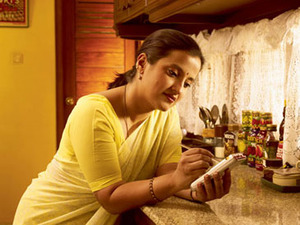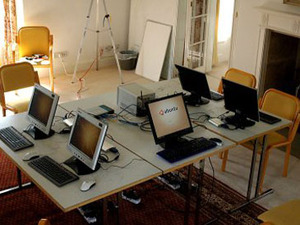
The Contenders
Since the challenge to build and distribute a $100 PC began, three main contenders have appeared, each with a different approach to the problem.The first of these projects, named the Simputer (simputer.org), was conceived in Bangalore, India, at the Global Village, a seminar on information technology in developing countries held in 1998. The idea was to bring IT to the world's poor in a way that they could actually use it and gain some benefit from it. The finished device, the Amida Simputer, was launched in March of 2004 and is now available in three versions. Essentially the Simputer is a palmtop Linux system running a 206MHz Intel CPU with 64meg of DRAM and a 32 megabyte flash drive.


The Ndiyo (Ndiyo.com) system offers another alternative to the approach of getting PCs to the poor. Rather than getting one PC to every person, the Ndiyo system uses a rethought version of the thin-client networking principle to provide multiple users access to a single main computer. The thinking behind it is logical enough. In the developed world we have the Holy Duality of User and Machine, generally a hugely powerful PC running an inflated operating system, various smaller applications, some spyware you just haven’t been able to scrape out of your registry, and then whatever application you happen to be using at the time. All this and you’ve probably got 95% of your system resources absolutely free.


The heart of the Ndiyo system is in the server, as this is where the desktop environments and applications are all running. While the Nivo hardware is highly developed in its own right, the machine that acts as server to the Ndiyo system can be just an ordinary PC. This in itself could be seen as undermining the $100 PC principle, however the trick with the Ndiyo system is not that you get one PC for $100, it is instead that you build networks of several machines and it is in the quantity of workstations where the money is saved.
Using the Nivo boxes a classroom of maybe twenty workstations can be rigged up for Linux applications using only two server PCs. The downside naturally being that unlike the Simputer which comes equipped with a screen and input devices to use an Ndiyo network you need to supply peripherals, screens, and of course a smooth and predictable power supply to the servers.

MSI MPG Velox 100R Chassis Review
October 14 2021 | 15:04








Want to comment? Please log in.